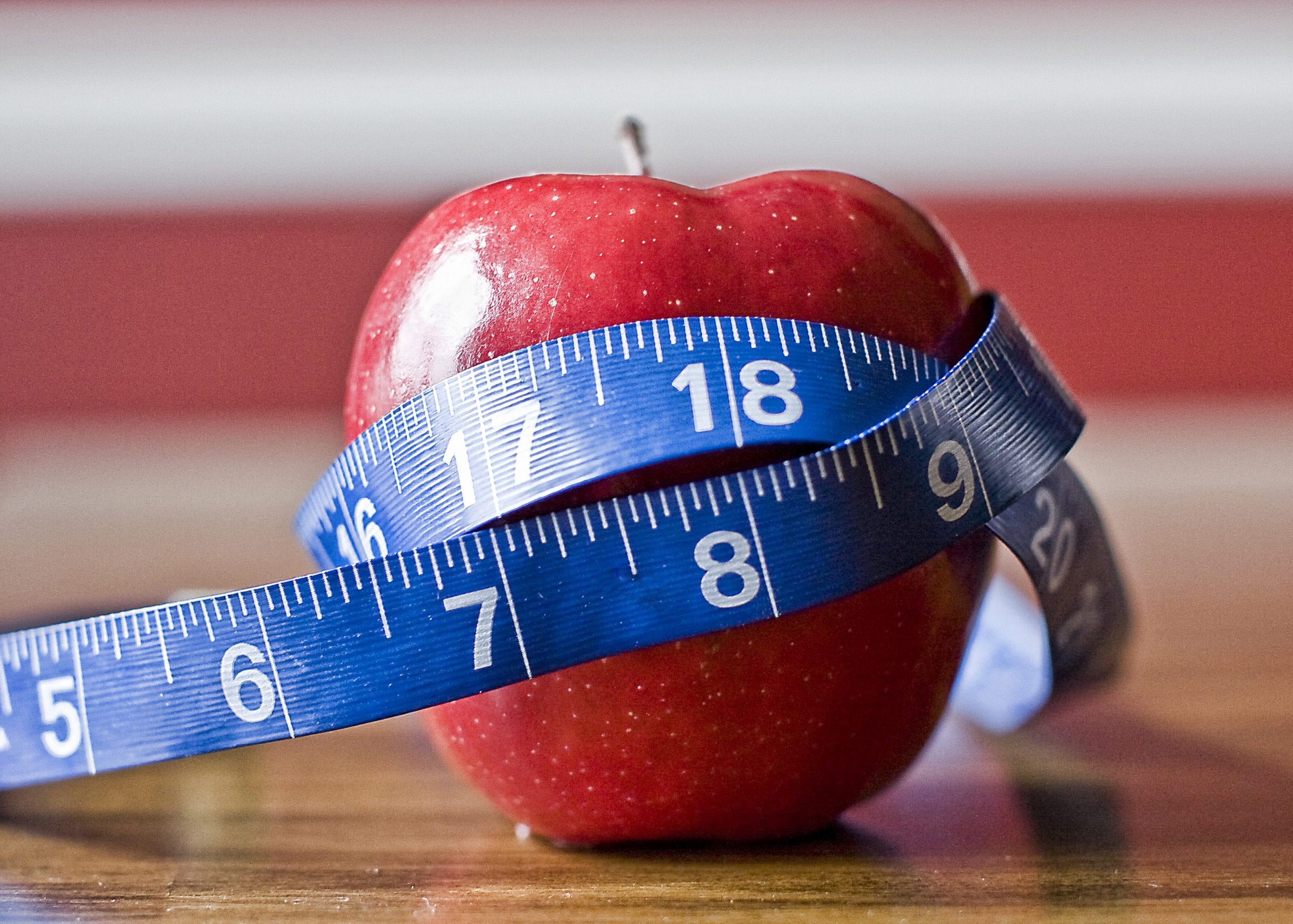What is your fitness level; are you a rookie, a veteran, or a Hall of Famer. By tailoring your nutrition to your activity level, you’ll be on your way to building a healthier you. Read on, find your level(s) and review the rules of play.
Rookie
Rookies should focus on striving for optimum health, absence of disease, more general activity, and less sick time. Rookies take pride in their active daily living meeting the Canadian recommendations for physical activity. Adults aged 18-64 years should accumulate at least 150 minutes of moderate to vigorous intensity aerobic physical activity per week, in bouts of 10 minutes or more.
Rule #1:Eat daily from all three macronutrients (fats, proteins and carbohydrates) using the recommended ranges for intakes (see pie chart).
Rule #2: Calories in = calories out for weight maintenance.
Veteran
Veterans have gone through the rookie stage, but are ready for the next step such as losing weight, running a 5 or 10k, joining a Zumba or yoga class, taking part in a Corporate Challenge event, Spartan Race, or a cycling tour.
Rule #3: Weight loss is best achieved with long-term success by increasing caloric expenditure by 250 calories per day, while simultaneously decreasing caloric intake by the same amount. Rule #4: Hydrate before, during and after exercise, aiming for 1-3 litres per day, particularly in hot or very cold weather.
Hall of Famer
Health is a priority for Hall of Famers, but so is winning and/or taking-on big or intense challenges. Examples may include physique competitions, marathons, Ironman triathlons, strong man competitions, provincial or national events, and/or just training really hard periodically or throughout the year.
Rule #5: Fuel two hours prior to activity, consuming a small meal that is high in carbohydrates, and low in both fat and protein. Complex carbohydrates are your friend, saving simple carbohydrates for during and immediately post your activity.
Rule #6: Manage your electrolytes like sodium, potassium, magnesium, and calcium (adults have been shown to sweat up to 2-4 litres of fluid per hour in hot environments and at high intensity exercise levels).
Rule #7: Within 30 minutes of your activity, replenish glycogen stores and repair muscle damage by eating a snack high in both protein and carbohydrates, but low in fat.
So, why the rules you ask? Because it is all about playing fairly and giving your body the best opportunity for success and health throughout your life. To help implement these rules, let us take a brief look at each of the macronutrients, sources and their functions in our bodies.
Simple Versus Complex Carbs
Carbohydrates are our main source of energy for all that we do. It is a matter of recognizing fruit, vegetables and grains as good sources of starch and dietary fibre, serving to provide us with complex carbohydrates. These foods tend to be lower in calories but higher in nutrients (vitamins and minerals) than simple carbohydrates (sugar as example). We refer to this quality as nutrient density. Regardless of the type of carbohydrates consumed, they are metabolized to form glucose for immediate use, then anabolized to form glycogen and stored in the liver and muscles for later use.
Complete Versus Incomplete Proteins
Proteins of animal origin(s) are considered complete proteins because they provide us with essential amino acids (building blocks of protein) that our bodies cannot synthesize from within; we must consume them from food sources such as meat, fish, milk, eggs and cheese. Foods that are low in one or more of the essential amino acids are considered incomplete protein sources. Note that when consuming incomplete proteins, it is important to food-combine to facilitate optimal amino acid intakes. For example, rather than eating rice alone, mix it with beans and squash or beans and corn to yield a closer resemblance to complete protein intake. Keep in mind the World Health Organization recommendation of 0.83g/kg of body weight protein intake compared to the National Strength and Conditioning Association recommendation of 1.2 to 2.0 g/kg per day, depending on the sport, training intensity, total calorie intake, and overall health.
Saturated Versus Unsaturated
Fats are crucial for our well-being and stress management, contributing to hormone, joint and brain health. Good sources of fat include unsaturated fats such as vegetable oils, including olive, canola, and soybean, as well as coconut oil and various seed oils, like sesame. Limit butter, hard margarine, shortening, and lard (animal-sourced fats), selecting polyunsaturated fats as often as possible. Remember, if you are a meat-eater, you are already consuming saturated fats via your proteins.
The Tie-Breaker
When you are following the rules, playing injury-free and looking for game-winning strategies, we encourage the following:
- Diversify the fruits and veggies on your plate (more colour)
- Diversify your high quality proteins (legumes, whey, dairy)
- Snack every 1.5-3 hours , 4-6 small meals per day
- Improve your sources (steel cut oats instead of quick oats, whole rice instead of minute rice)
And, of course, seek the expertise of nutritional coaching from either a Registered Dietician (RD), an International Olympic Committee Sports Nutritionist (IOC –SN), and/or a Certified Sports Nutritionist from the International Society of Sports Nutrition (CISSN) to optimize your daily nutrition.



